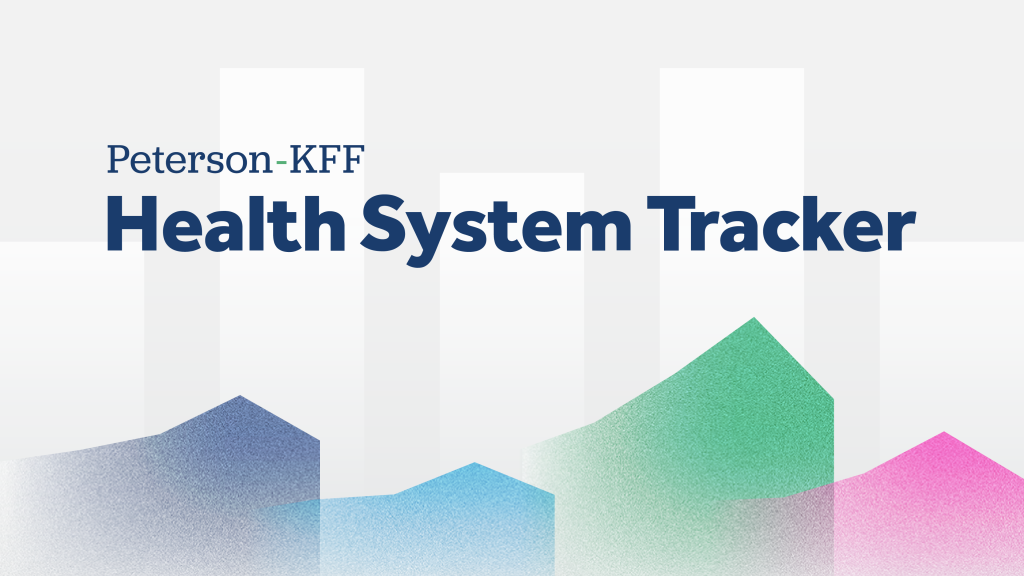Medicare Spending: A Look at Current, Short-term, and Long-term Trends
Medicare Spending – A Look at Current, Short-term, and Long-term Trends 010615 Download View JAMA Infographic…
The independent source for health policy research, polling, and news.
KFF’s policy research provides facts and analysis on a wide range of policy issues and public programs.
KFF designs, conducts and analyzes original public opinion and survey research on Americans’ attitudes, knowledge, and experiences with the health care system to help amplify the public’s voice in major national debates.
KFF Health News is a national newsroom that produces in-depth journalism about health issues and is one of the organization’s core operating programs.

The Peterson-KFF Health System Tracker is an online hub monitoring how well the U.S. health system is operating through key quality and cost measures. Visit the Tracker →
Medicare Spending – A Look at Current, Short-term, and Long-term Trends 010615 Download View JAMA Infographic…
Using data from the Health System Dashboard, a new analysis looks at trends in health spending and outcomes in the United States between 1991 and 2016.
An updated slideshow examines infant mortality rates in the United States, including variations by race and ethnicity and comparisons with similar countries.
This brief describes gaps in data about hospital and health system finances and business practices that limit transparency for policymakers, researchers, and consumers. It examines data issues involving finances, debt collection practices, charity care, prices, ownership, and the 340B Drug Pricing Program.
Medicaid Provides Support for Providers and Services in the Health Care System Download Source CMS, Office of the Actuary, National Health Statistics Group, National Health Expenditure Accounts, 2013.
In 2017, 7.2% of the U.S. population was diagnosed with diabetes - an 188% increase from 1980. This slideshow documents trends in health outcomes, quality of care, and spending on treatment for people in the U.S. with diabetes. It also looks at the costs of medications for treating diabetes, and U.S. health spending related to endocrine diseases.
Health of the Healthcare System is a diagnostic look at the state of our healthcare system. How does the U.S. healthcare system compare to health systems of other high-income countries, and how has it fared over time? Kaiser Health News and former-NPR reporter, Julie Rovner, takes us through a check-up of our system by assessing four key areas: how healthy we are, the quality of care we receive, how much it costs, and how accessible it is.
This slideshow accompanies the video, “Health of the Healthcare System,” a diagnostic look at the state of the U.S. healthcare system. It compares the United States to other countries in four key areas: health, quality of health care, cost of care, and accessibility.
The health reform law of 2010 authorizes Medicare, beginning next year, to contract with accountable care organizations (ACOs) in a Medicare Shared Savings Program. ACOs provide financial incentives to improve the coordination and quality of care for Medicare beneficiaries, while reducing costs.
Among women ages 18-35 with a clinical visit in the past two years, more than four in 10 (46%) report experiencing a negative interaction with a health care provider, according to a new analysis of 2022 KFF Women’s Health Survey (WHS) data.
© 2025 KFF